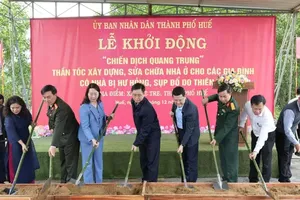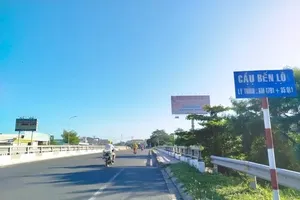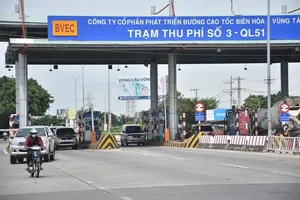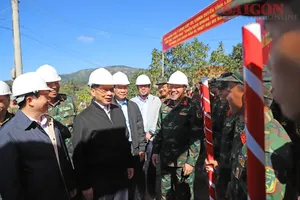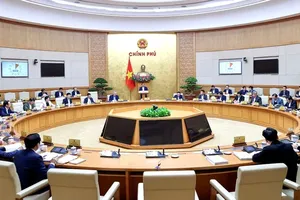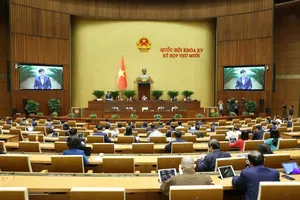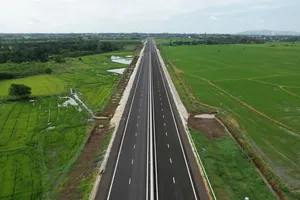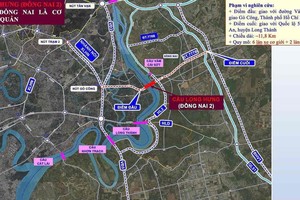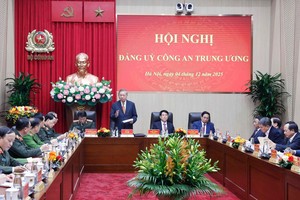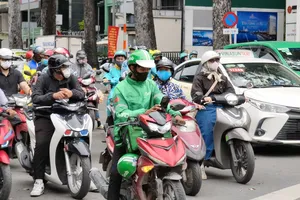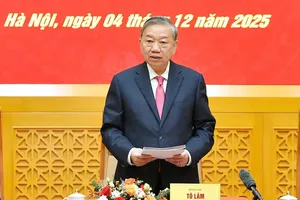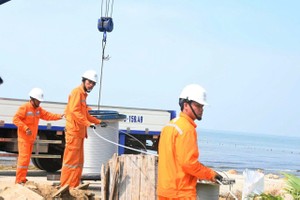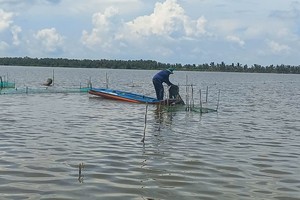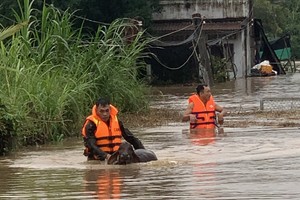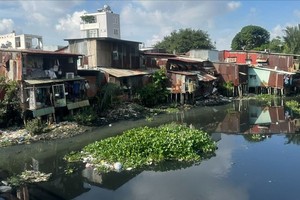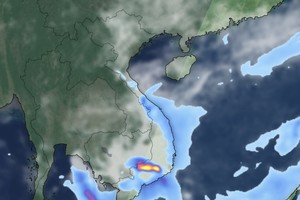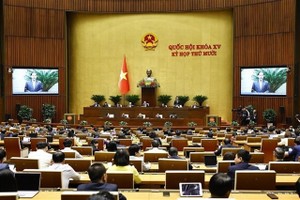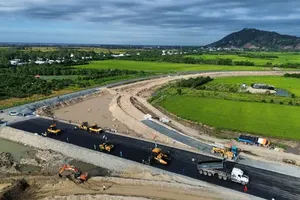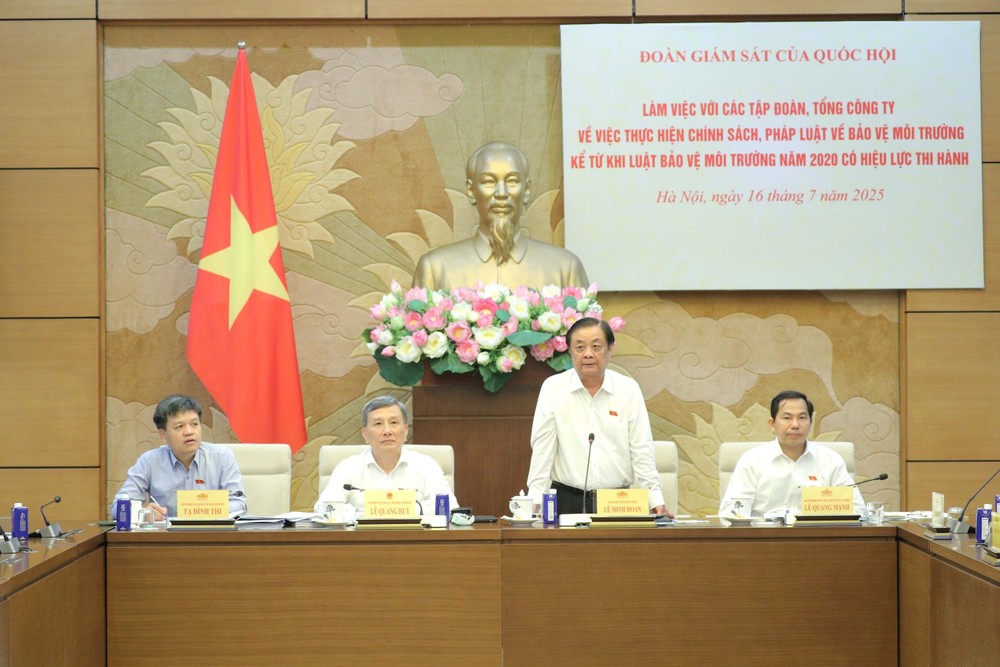
A specialized oversight delegation on the implementation of environmental protection policies and laws held working sessions with Vietnam Electricity (EVN) and Vietnam National Chemical Group (Vinachem) on July 16 at the National Assembly House.
Coal dust, fly ash remain persistent environmental concerns
During the meetings, Mr. Ta Dinh Thi, Deputy Chairman of the NA’s Committee on Science, Technology and Environment, outlined several areas of concern including gaps in environmental protection efforts, difficulties in complying with new regulatory frameworks, the ability to meet increasingly stringent environmental standards, and the pace of green transition and greenhouse gas (GHG) reduction policies.
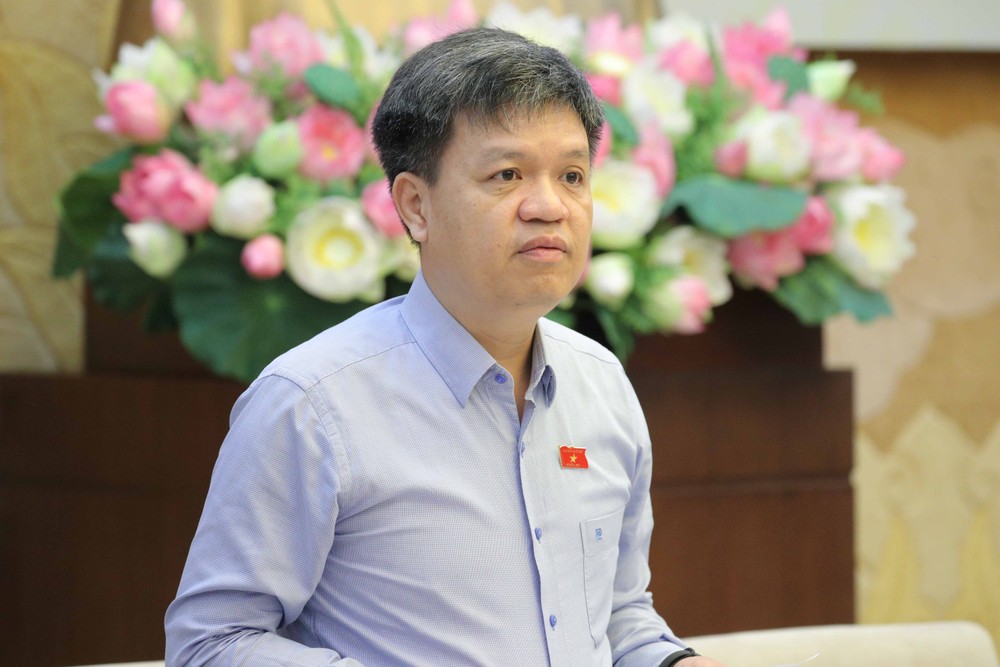
In EVN’s case, a significant regulatory shift will take effect on July 1, 2025, when coal-fired power plants must comply with the new National Technical Regulation QCVN 19:2024/BTNMT on thermal power plant emissions—replacing the older QCVN 22:2009/BTNMT. The updated standards impose much stricter limits on particulate matter, sulfur dioxide, and nitrogen oxides. Retrofitting flue gas treatment systems to meet these new benchmarks presents major challenges, especially in terms of technology, funding, and implementation timelines—factors that could directly impact EVN’s operations.
Another pressing concern is the management of industrial solid waste, particularly fly ash generated by thermal power plants. At Vinh Tan Power Center, coal dust emissions and slagged ash remain a serious and unresolved issue, requiring both immediate and long-term solutions. The supervision delegation also noted that EVN has yet to conduct a comprehensive inventory of its annual GHG emissions, which makes it difficult to quantify emission reductions or assess the effectiveness of previous environmental investments.
Reporting to the delegation, EVN CEO Nguyen Anh Tuan emphasized that the group views environmental protection not only as a legal obligation and social responsibility, but also as a fundamental pillar of sustainable development and long-term plant operation. EVN and its subsidiaries, he said, have consistently complied with environmental commitments and invested in automated environmental monitoring and treatment systems across power generation sites.
To date, all EVN-operated plants have received environmental permits. Wastewater monitoring systems have been fully implemented, and real-time monitoring data is publicly disclosed as required. Most coal-fired power plants have completed investments in flue gas treatment systems that meet current technical standards.
However, Mr. Nguyen Anh Tuan acknowledged that two plants—Pha Lai 1 and Ninh Binh—still lack emission control systems that meet regulatory requirements. EVN has committed to adopting new technology and eventually rebuilding these plants to comply with environmental standards. Regarding the ongoing ash and dust issues at Vinh Tan, which have affected both the local environment and residents' quality of life, EVN has tasked the plant with developing a covered coal storage project, set to break ground by the end of 2025 and be completed within six months.
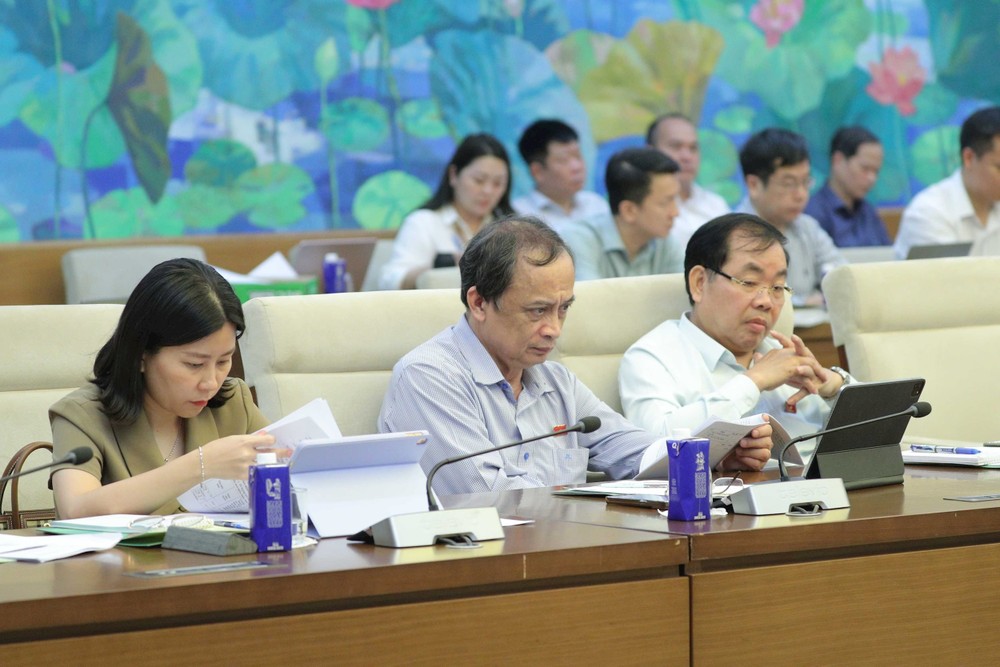
Vinachem faces regulatory gaps amid green transition efforts
In a separate session, Mr. Le Hoang, Deputy General Director of Vinachem, reported that the group launched its green and digital transformation plan in May 2025 to advance sustainable development goals. The group has also mandated comprehensive GHG inventories across its subsidiaries.
As of June 30, 2025, Vinachem's total stockpile of fly ash, gypsum waste, and other byproducts exceeded 7.4 million tons—of which 3.85 million tons are held by DAP Co., and 3.63 million tons by DAP 2 Co. DAP 2 is now working with partners to implement a new processing and recycling line capable of handling 850,000 tons of gypsum waste annually.
However, Vinachem’s leadership pointed to a major regulatory bottleneck as many technical standards and regulations necessary for waste treatment have yet to be issued by relevant ministries. These include standards for processing phosphogypsum (PG) for use as fill material in construction and roadbed projects, or for land reclamation after mining operations, in line with both environmental and mineral law requirements. Clear guidelines for the safe disposal of non-recyclable gypsum waste are also lacking. These regulatory gaps remain a major obstacle to effectively treating and repurposing PG waste, hindering progress toward the group’s sustainability targets.
